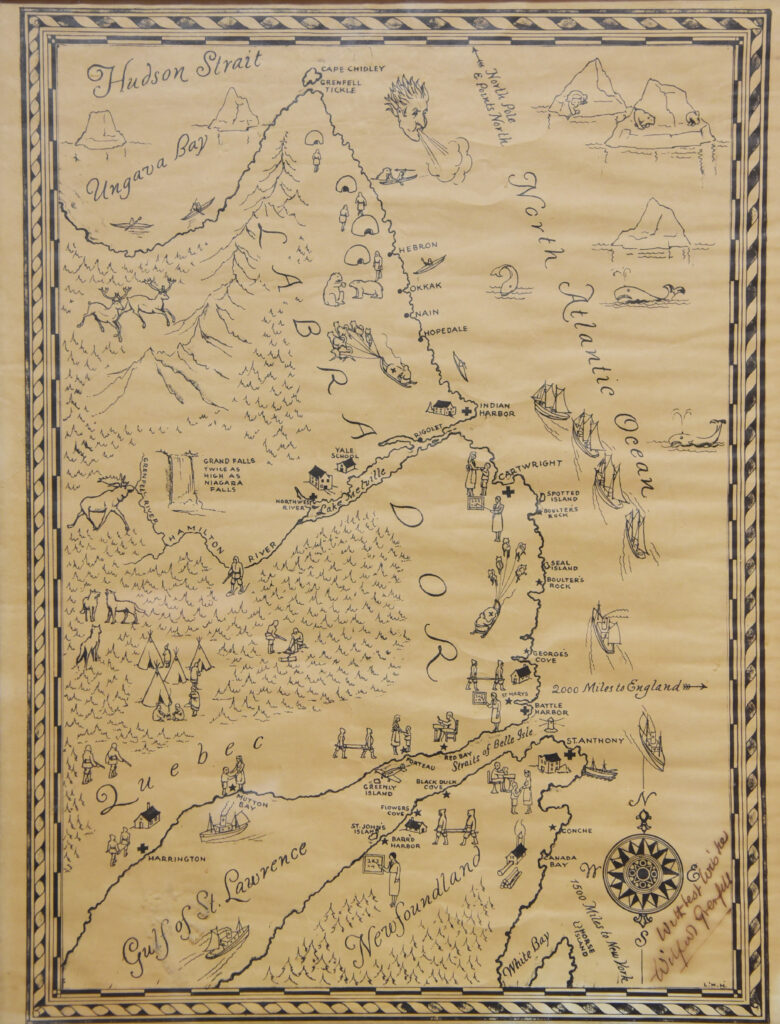Winter captures kindred spirit
January 2022
It’s not surprising that Kathleen Winter chose to write about the sister of the 19th-century poet William Wordsworth. She and Dorothy Wordsworth are kindred spirits, although born more than 180 years apart. Readers of Winter’s EveningTelegram columns From Butter Pot Mountain will recognize the writing in Undersong as that of the same naturalist who named and described in detail the flowers, insects, trees, birds, and berries that were part of her Holyrood surroundings. Winter, as Dorothy did, examines closely what others rush past, finding sensuous ways to describe the intrinsic beauty of everyday things. She describes Dorothy as “a dark slip of night shot with starlight.” The poet’s sister would have liked this, but she would not be happy with the way Winter characterizes her brother as someone who takes “his sister’s weightless and golden thoughts [because] he did not have anything like these himself.” Dorothy Wordsworth was nothing if not loyal to her family. Winter changes her name to Rotha because this is historical fiction. The real Dorothy might have wished the author had also changed the names of her brother and sister-in-law since they come off rather badly in the book.
Undersong is set at Rydal Mount, the stately Lake District home where members of the Wordsworth family have lived since 1813. It’s one of many English tourist attractions that capitalize on the Wordsworth name. Fame is a funny thing for few of the tourists have read much of Wordsworth’s poetry. Undersong’s narrator, James Dixon, also found it hard to take in:
“If you put the words to William’s poems down in front of me, and I had to read them, I’d get bogged down, you know…it’s like Shakespeare isn’t it – I mean you’ve got to hear it to figure out what’s going on.”
Dixon was the real life gardener and handyman who helped to transform Rydal Mount’s hilly-five acres into terraced gardens with fruit trees, flowers, and at least one aged Sycamore tree whose wise soliloquies appear at intervals throughout the book. Dixon tells the family’s inside story, revealing its secrets through dialogue with Rotha, and through monologues at a beehive where he pours out his grief over Rotha’s death to the passing pollinators. The plot is propelled by a mystery about the contents of Rotha’s red journal that Dixon must destroy.
“All this she confided to me with our heads bent into the cherry wood smoke and our two noses twitching at the waxen bells’ musk which floated that May through the cold,” Dixon says in one of the novel’s many exquisite sentences that channel Dorothy’s own vivid and descriptive style of writing. A line from one of Dorothy’s journals provides the novel’s title: “water sparkles among the reeds, its voice a flute in the undersong of wind, thrush and reed – lights in the grass.”
Mental illness isolates Rotha during the last 20 years of her life. Winter describes with sensitivity what is now known as bipolar disorder, but insinuates it was caused by the way William callously shifted his loyalties and love from Dorothy to his wife, Mary Hutchinson. The red journal conveys Rotha’s anguish about the oppression of women. 19th-century medicine wasn’t her friend either. It is now believed she (Dorothy) suffered from chronic gall bladder disease that was treated with laudanum, an opium-derived sedative, while the “blue pill.” another popular medicine containing mercury, may have damaged her mind.
Winter successfully evokes the Wordsworth era, 1770 -1850. She retraced Dorothy’s footsteps, handled family artifacts at the Wordsworth museum, and read original copies of Dorothy’s journals, crafting in the process an innovative novel that is what we have come to expect from one of Canada’s most exciting writers.
It took the posthumous publication of Dorothy’s journals and travelogues to show how much she influenced her brother’s work, but hardly all of it. Writers of historical nonfiction have no responsibility to protect the reputations of their once-living subjects, but if tourists to the Wordsworth plot at St Oswald’s cemetery in Grasmere notice the ground disturbed, it’s because Dorothy and her brother are turning over in their graves.
Undersong, by Kathleen Winter, is published by Penguin Random House ($29.95, 320 pages)
Marie Wadden is writing a biography of Rev George Hutchinson, who is buried on Forest Road in St John’s. His father was Mary Wordsworth’s brother. In 1826 Dorothy spent eight months with his family in Herefordshire. He went to say goodbye to her in 1853 before leaving for Newfoundland, finding her “canny but low.” Perhaps she wanted to go with him.



